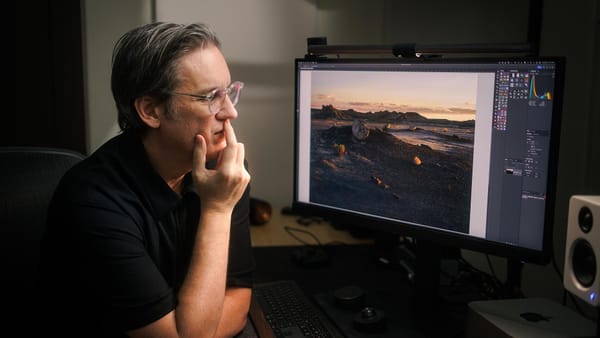Photographing Wonder Valley, California
An unexpected roadside find in the Mojave desert
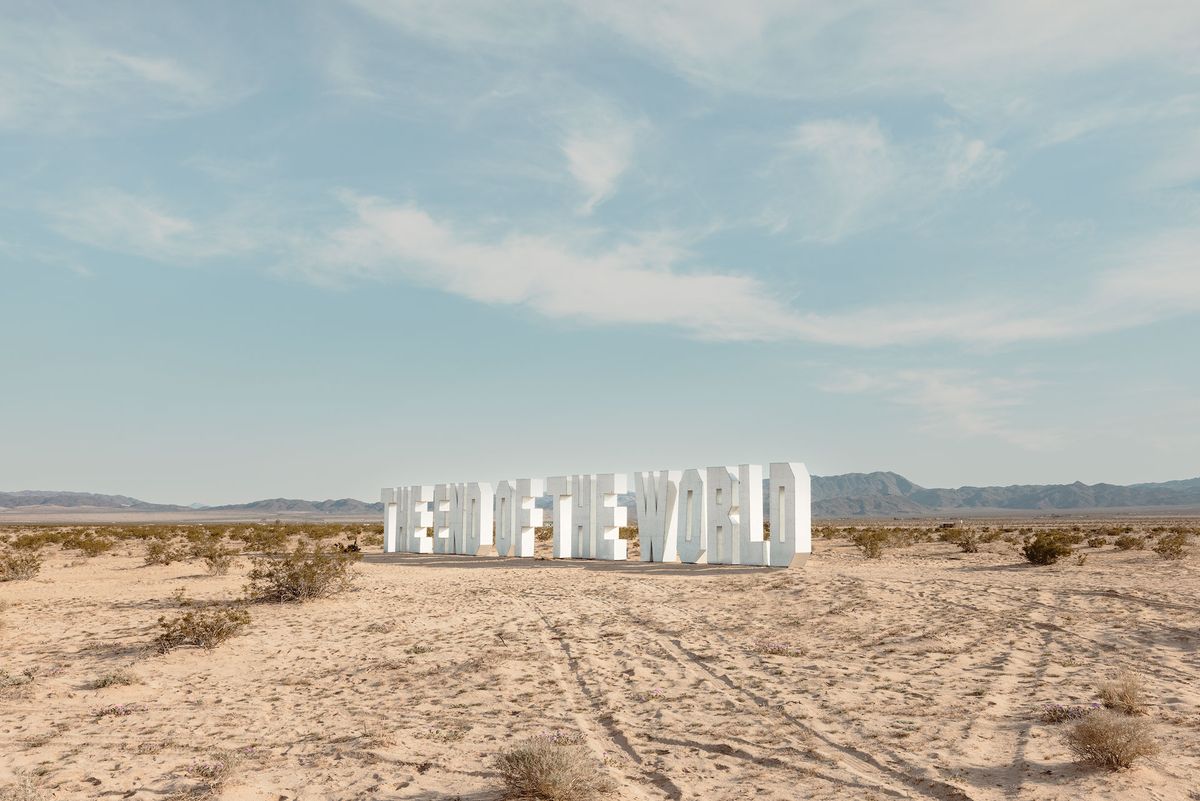
During my recent trip to Joshua Tree National Park, I planned one day for Kelso Dunes in the Mojave National Preserve. That morning, I ate a big breakfast to hold me over, packed my rental car with trekking poles, camera backpack, food, couple of gallons of water, sun screen, and hit the road for a long two hour drive north through the empty, arid California desert.
Minutes later, I entered a nondescript area east of Twentynine Palms. I looked out my driver's side window, and saw a tiny windowless cabin sitting alone underneath an enormous blue sky. I made a mental note to return and photograph it later when I had time.
Then, I passed another cabin.
...then another.
...and another.
To the annoyance of other drivers, I kept slowing down to get a better look. I didn't want to stop, for I had plans for a full day of photography elsewhere, but decided a few minutes of scouting wouldn't hurt. I turned off State Route 62 onto a crude, sandy side road, and found more tiny, windowless cabins, in addition to rusted out RVs, buses, and plenty of strange odds and ends.
I never made it to Kelso Dunes.
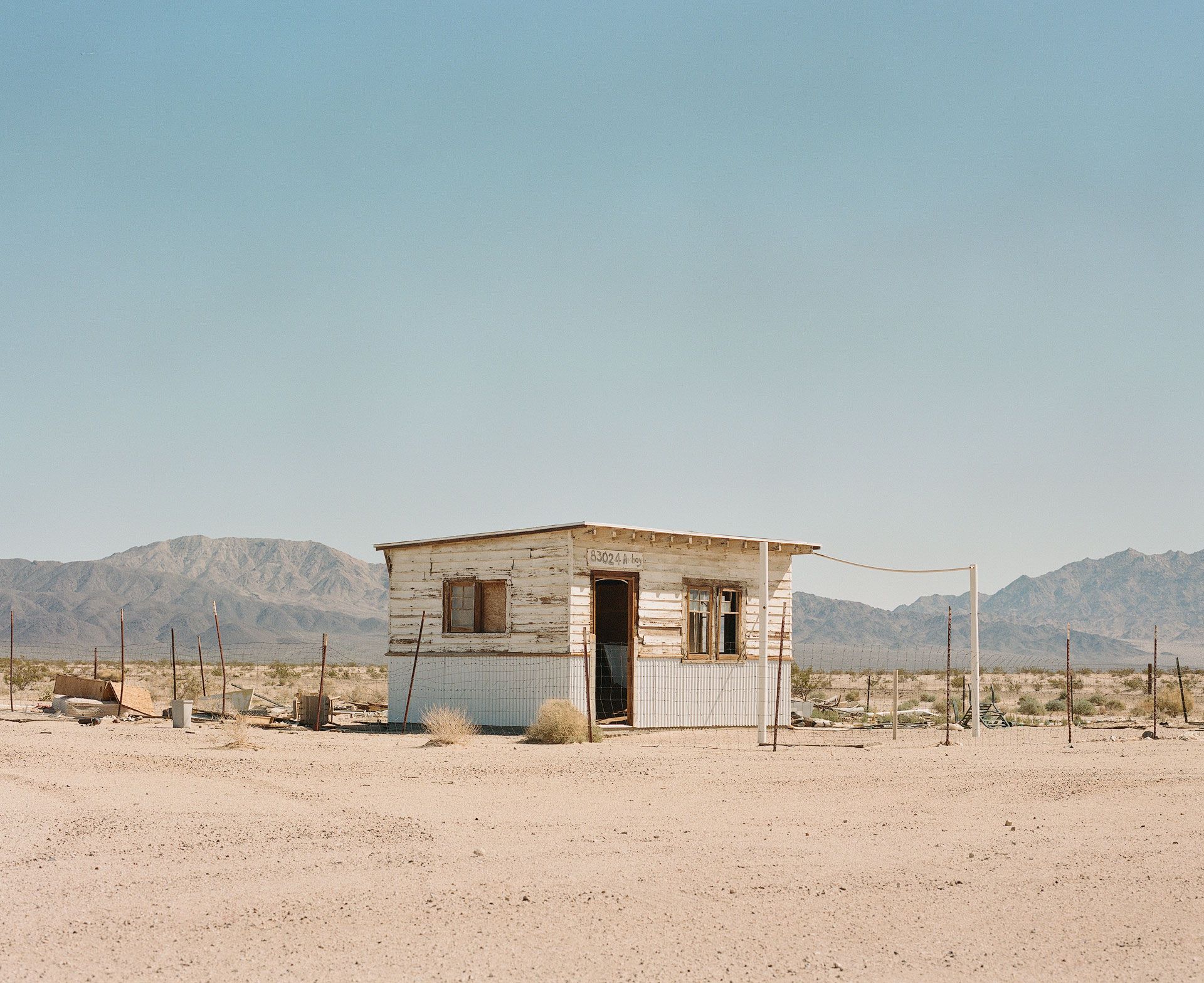
I had stumbled across the incongruously named "Wonder Valley", a seemingly unimportant, fairly run down area most people likely ignore when driving to neighboring towns. It was a place that felt untethered and adrift, quiet and empty. A ghostly landscape that made me wonder, what the hell happened here? Who built these small cabins, and where did their occupants go?
Turns out, Wonder Valley (which apparently got its name from a sign someone made as a joke long ago) was a place where any American citizen in the early twentieth century could acquire a free parcel of land from the federal government. This was possible thanks to the Small Tract Homestead Act, passed by Congress in 1938, with the intent of giving war veterans free land to begin building new lives.
The program soon expanded to include anyone willing to "prove up" Wonder Valley's seemingly useless land by building at least one small cabin and an outhouse. Thousands of people (including President Ronald Reagan when he was a young Hollywood actor) took up the challenge, with dreams of owning a cheap, practically free tiny home in paradise.
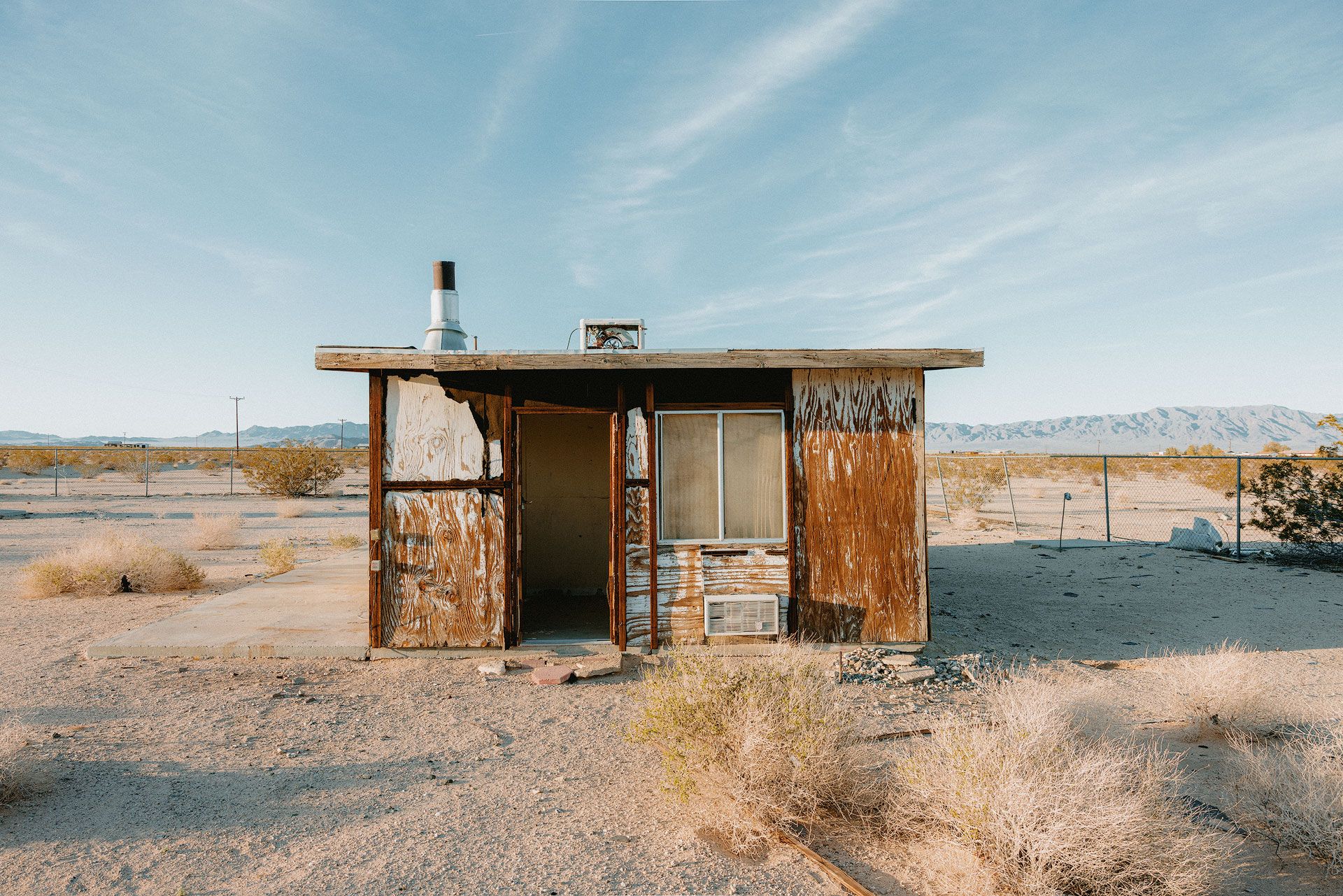
Unfortunately, many of these would-be homesteaders (mostly working class Angelenos) had never set foot in the Mojave desert, and knew nothing about its harsh climate or lack of infrastructure. As a result, numerous homesteaders either never built anything (causing ownership of their land to revert back to the Bureau of Land Management), or they abandoned their primitive cabins; leaving them open to criminals, nomads, squatters, feral dogs, gun nuts, and meth cookers. A colorful community of outlaws and miscreants fantastically chronicled by William Hillyard who discovered Wonder Valley while knocking on cabin doors for the United States Census.
By the early 2000s, local citizens and law enforcement reached a tipping point with Wonder Valley's blight and crime. Volunteers working with public county agencies (plus some federal funding) targeted 145 privately owned cabins for destruction and removal. Many owners were surprised when contacted by volunteers, for they'd either forgotten about their desert plots, or had inherited the land from relatives and knew nothing about it. As a result, many cabins and outhouses were torn down and removed.
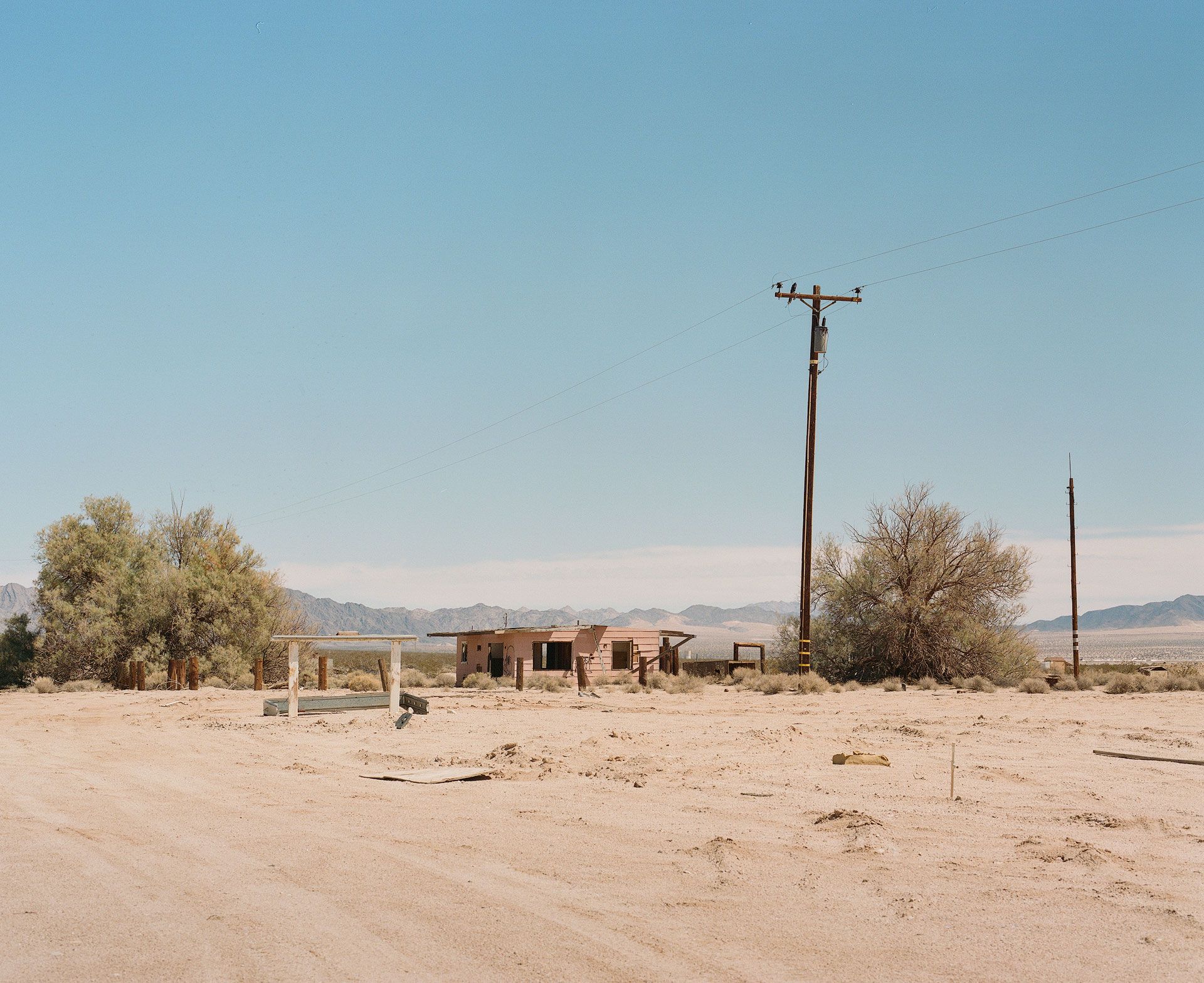
Today, thankfully, numerous cabins originally built in the 1950s and 60s are still standing. Some have yet to be destroyed, while others have attracted a new generation of artists and nonconformists drawn to Wonder Valley's cheap, yet beautiful landscape. (A similar story to Bombay Beach at the Salton Sea, which I also recently visited).
Photographically speaking, I couldn't get enough of Wonder Valley. I spent hours wandering its desert roads, looking for remnants of the past (while praying I didn't pop a tire in the process). I didn't take nearly enough images (was shooting Portra 400 film with a Mamiya RZ67), and honestly feel a little weird writing about a place I barely experienced. But the story of Wonder Valley was too good to keep to myself.
See you next time, Kelso Dunes.
Thanks to Indie Film Lab for their excellent film development and scans.



